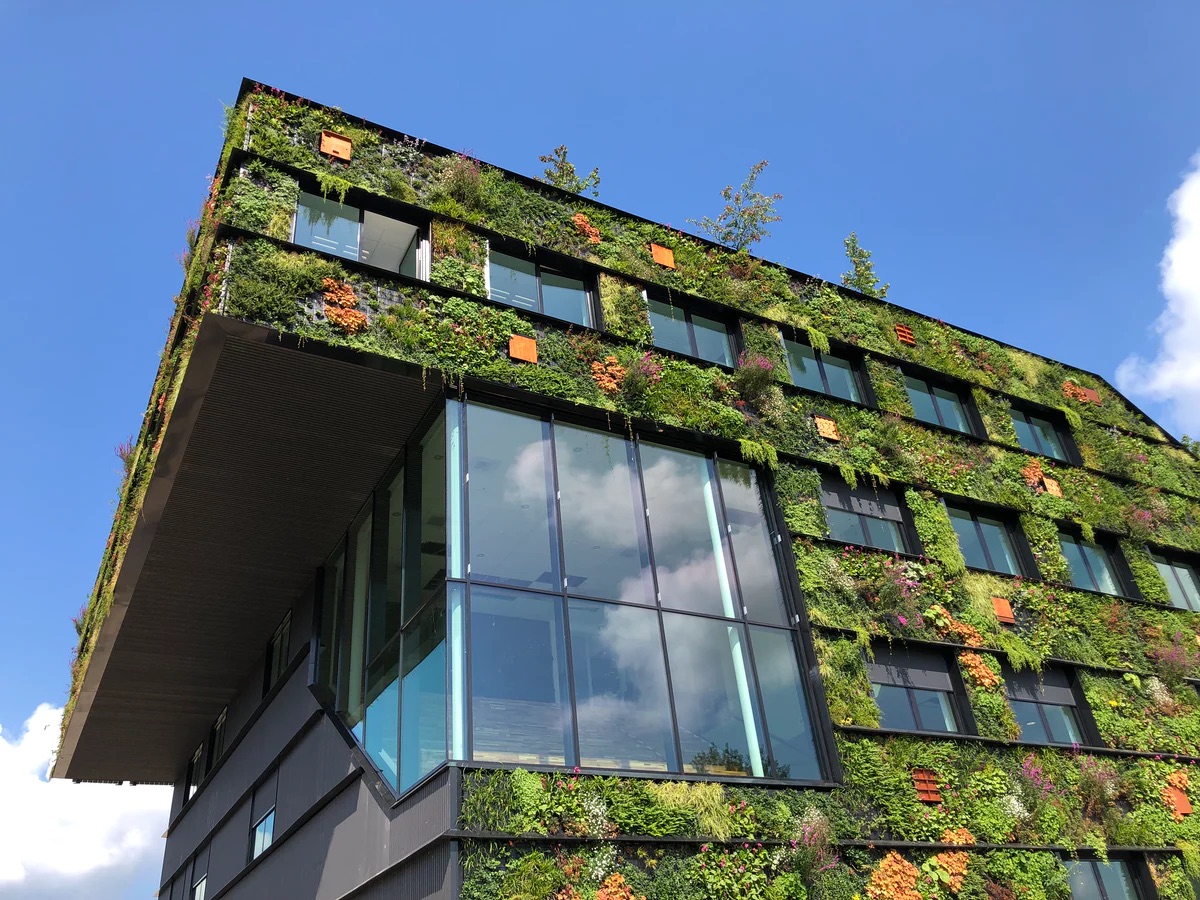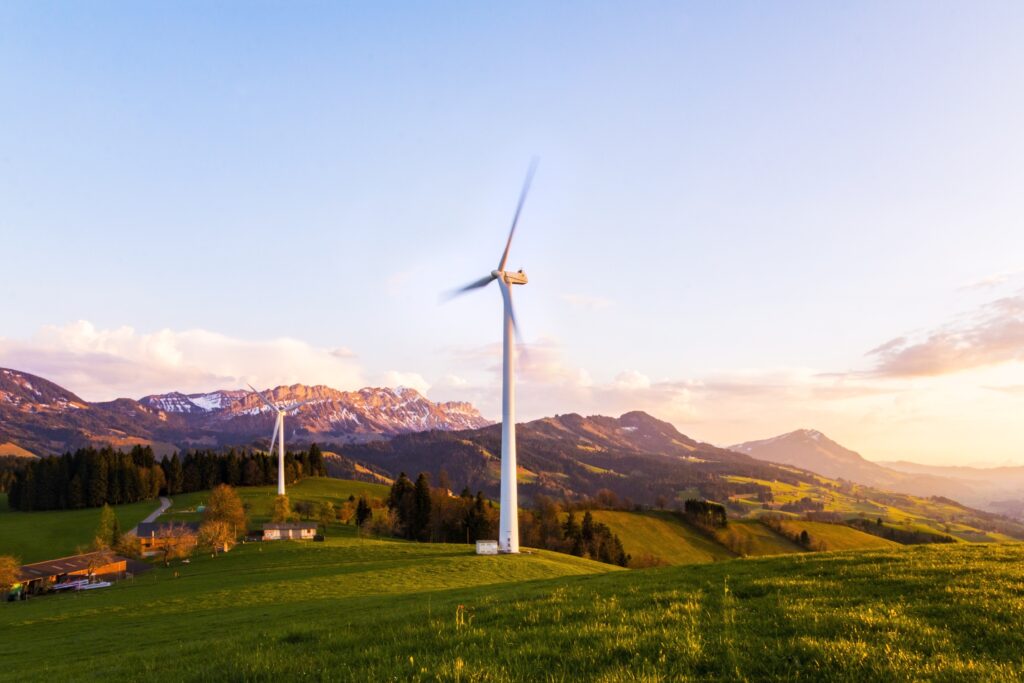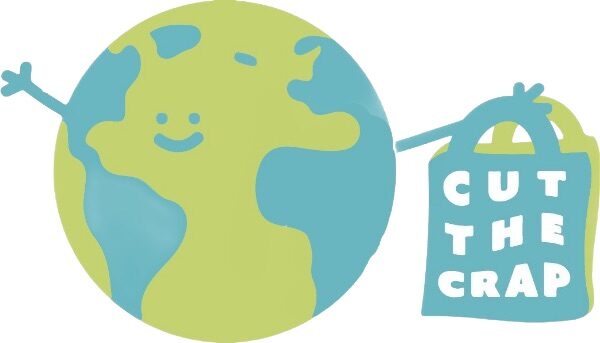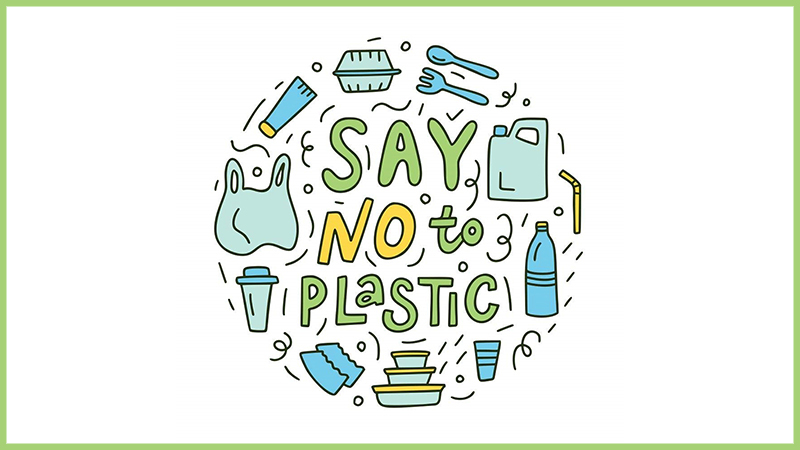
What Does Sustainable Development Look Like?
Sustainable development is defined as “development that meets the needs of the present without compromising the ability for future generations to meet their needs”. Sustainable urban development is not a new topic of discussion. it actually was on the agenda of the 1972 United Nations Conference on the Human Environment in Stockholm, Sweden. The four objectives of sustainable development are stable economic growth, conservation of natural resources, social progress and equality, and environmental protection.
Climate action should strive to align with the Sustainable Development Goals set by the United Nations. “Successful climate action must include measures for reducing poverty, promoting gender equity, improving public health, providing economic opportunities and employment, and enhancing resilience”. Striving for sustainable cities requires a holistic vision for how to accommodate increasingly large urban populations, ensuring sustainable livelihoods, quality of life, and social cohesion, while minimizing cities’ and city dwellers’ immediate and long-term impact on the environment.
The effects of climate change tend to disproportionately impact communities who typically contribute the least to global greenhouse gas emissions. With that being said, policy also is inequitable when these underrepresented groups do not have a seat at the table during the legislative process. A 2014 study found that 40% of those most vulnerable to climate change already face socio-economic challenges. Representation of these groups during the entire legislative process is critical for understanding the vulnerabilities and difficulties that these communities are facing and need resolved. Stakeholder engagement needs to include the most vulnerable communities so that results are equitable, impacts can be measured, and policy is followed through and implemented.
Sustainable Development in Practice
Sustainable development is a growing and changing term to encompass any practice that conserves resources for future generations, while still meeting the needs of our current population. Many sustainable development practices are nature-based solutions that just require you to harness the power that our Earth already has to self-heal and sustain itself. Technology has also advanced and new innovations seem to be developed every month.
Increasing the amount of green space in an urban area protects water quality, reduces heat buildup, reduces soil erosion, and improves air quality. Crop rotation is a really important sustainable development goal that is becoming more common in the agriculture industry. Some of the benefits include nitrogen management, improved soil structure, reduced soil erosion, pest and disease control, reduced greenhouse gas emissions, and improved water quality.
Renewable clean energy is a popular topic of discussion in politics and the media. The benefits of an electric grid mostly supplied with renewable energy far outweighs the negatives that are constantly brought up. Improved public health, infinitely renewable energy, economic benefits, and stable energy prices is just the tip of the “benefit iceberg”. Sustainable design and construction, water efficient fixtures, waste to energy recycling, and water treatment are other sustainable development measures that I believe we will (hopefully) be seeing a lot more of.

Specific projects happening around the globe:
–BC materials recovers surplus earth mass from construction sites and transforms it into construction materials. The concept provides companies, architects and homeowners a virtuous closed loop by using already available raw materials.
-KiteX has created a professional wind turbine made from high-quality recycled fibre, which takes just 15 minutes to set up. This device only weighs 10 kg, its folding design allows it to be stored in a 200x20x20 cm bag, and it can produce up to 600W depending on the model.
-Mineral water brand Andea, together with a team of engineers, chemists and biologists, have found a unique microorganism capable of generating probiotics that feed on the pollutants of the river. They put this into laundry bars so that when communities wash their clothes in the river, the soap releases particles that fall into the water and particles adhere to the stones and algae to decontaminating the river.
-New York City is restoring oyster reefs, cities like Seoul are daylighting water streams buried under concrete for many decades
-China is supporting the development of so-called sponge cities. Rather than relying only on hard engineering, these cities leverage natural infrastructure to achieve multiple benefits,
-Paris, France implemented new bike lanes and a generalized speed limit of 30 km/h for motorized traffic.
-Curitiba, Brazil, is a pioneer in bus rapid transit systems
-Amsterdam, the Netherlands, is referred to as the world’s cycling capital.
The Future of Sustainable Development
The proportion of the world’s population living in urban areas grew from 30% in 1950 to 55% in 2018 and is projected to reach 68% in 2050, with almost 90% of the projected increase to take place in Asia and Africa.
Urbanization affects our climate in many ways. Reducing green spaces and increasing the use of materials like concrete causes temperatures in urban areas to rise to dangerous levels. It also increases pollution through concentrated energy use and heavy use of automobiles. Further, urban growth results in high levels of poverty, with local governments unable to meet the needs of their communities.
While there are many sustainable development projects and policies implemented around the globe, we are nowhere near where we need to be if we want to get a handle on climate change. National and local governments really need to step up and use their power to generate the large-scale change that we need.
[Read: Ambitious Climate Legislation in the U.S.]

Future action could look like:
-National governments might set up an overall housing strategy with tax incentives for the development of new rental housing or pass legislation on insulation or energy efficiency, while cities can develop specific building codes and measures to support social housing.
-Businesses, civil society organizations, schools, research institutions, and faith-based organizations can self-govern toward sustainability. Low levels of change include adjusting diets in lunch rooms or switching to renewable energy. At a larger scale, they can take outward-facing initiatives, such as hosting a repair café to help people fix broken household items and sharing information on grant programs for home retrofits, and pressure governments by lobbying for cities to phase out fossil fuels.
-Corporate initiatives toward enhanced urban sustainability can help develop new technologies and business models, with many leveraging big data and sharing economy approaches.
References:
http://climate.org/wp-content/uploads/2020/06/Inclusivity-in-Climate-Action.pdf
https://www.iisd.org/articles/deep-dive/pathways-sustainable-cities



